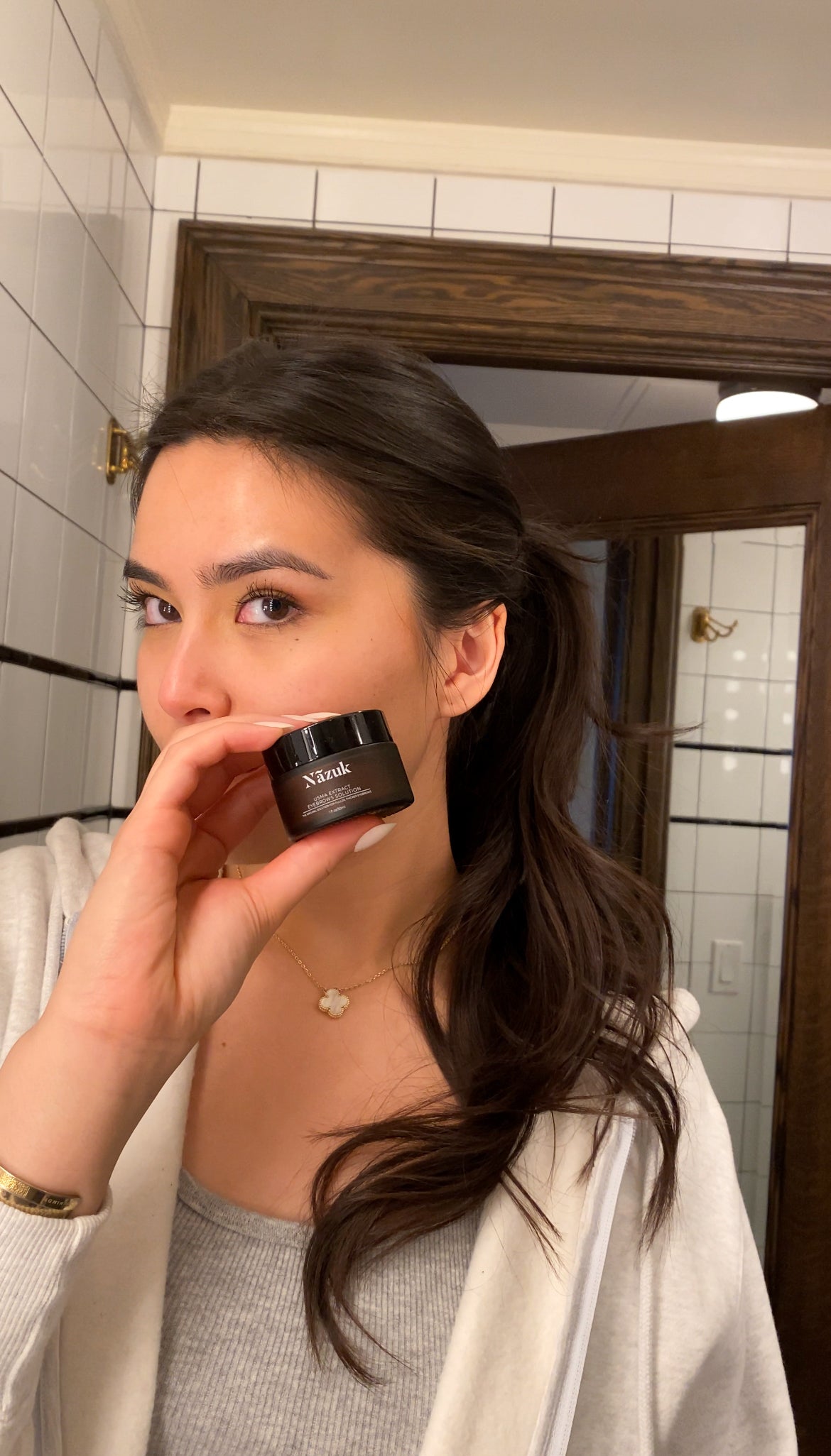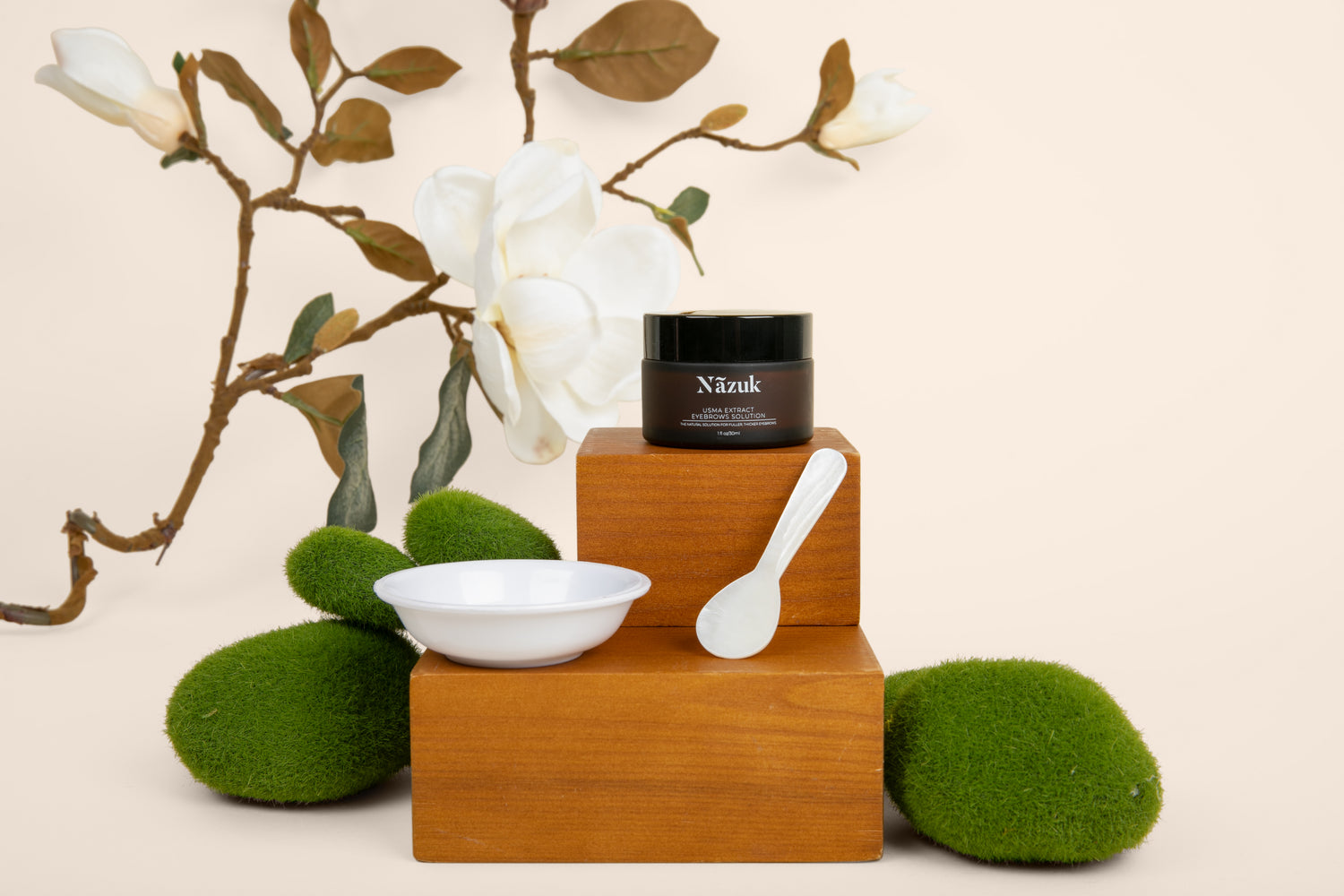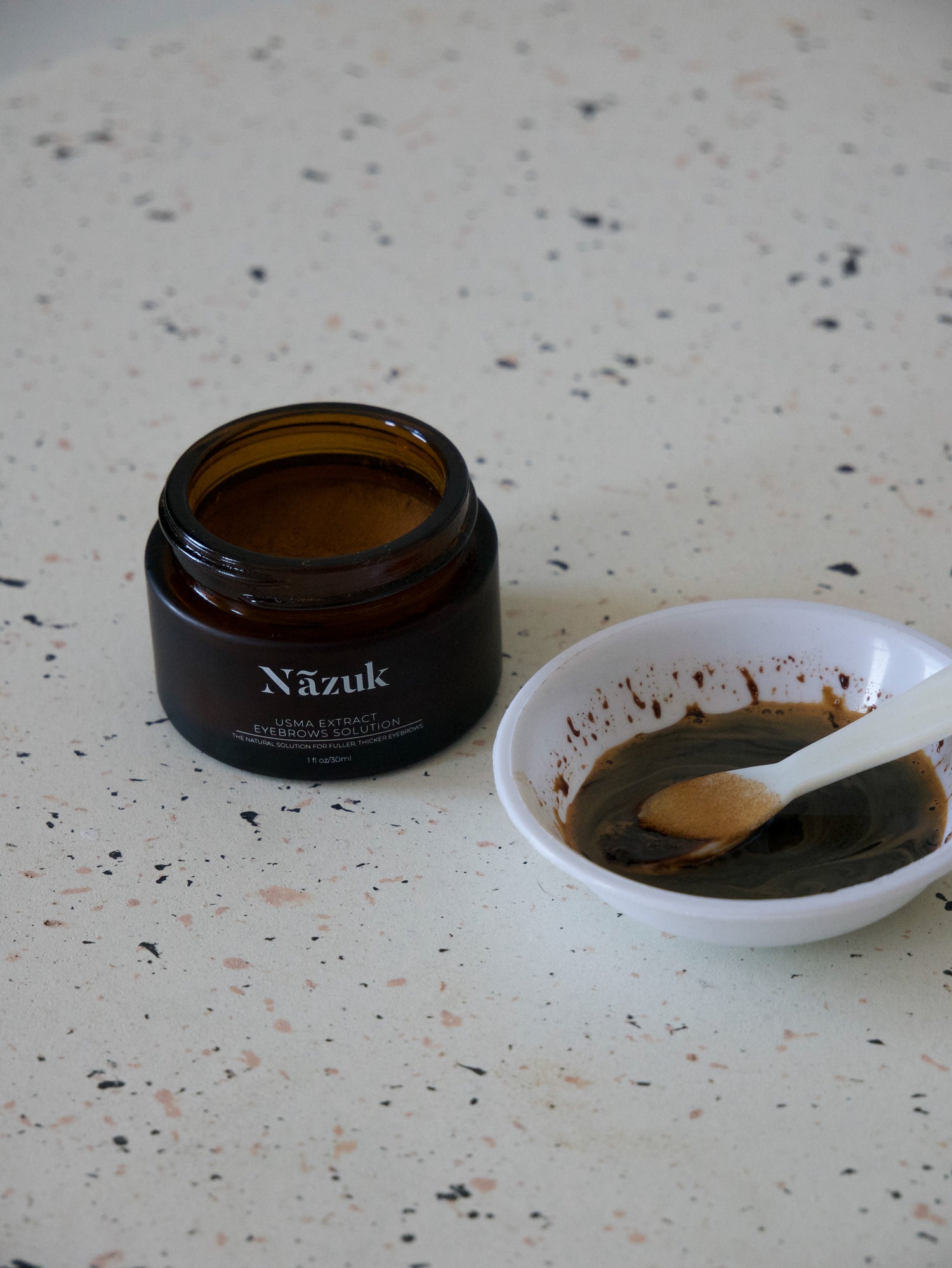Common Harmful Chemicals Found in Hair Products
Your haircare routine might seem harmless—refreshing, even—but what’s actually inside that fragrant bottle can tell a different story. Many popular shampoos and conditioners are packed with synthetic additives designed for foaming, preserving, or scent, not for nourishing your scalp. Here’s a closer look at three of the most damaging offenders you’ll want to watch for.
Sulfates: What They Are and How They Strip Hair
Sulfates, such as sodium lauryl sulfate (SLS) and sodium laureth sulfate (SLES), are detergents used to create that rich, satisfying lather we’ve been conditioned to expect from shampoos. But behind the bubbles lies a harsh truth—they don’t just remove dirt and oil, they also strip away your scalp’s natural protective layer. This leads to dryness, frizz, and an unbalanced moisture barrier that leaves hair brittle and dull. Medical News Today’s guide to sulfates breaks it down: these compounds can also aggravate sensitive skin, causing itchiness and irritation with repeated use.
Parabens: Endocrine Disruptors in Disguise
Parabens are synthetic preservatives meant to extend shelf life—but at a cost. They’re often listed as methylparaben, propylparaben, or butylparaben and are known to mimic estrogen in the body, disrupting natural hormone function. Over time, repeated exposure to parabens has raised health concerns, especially after studies found traces in breast tissue samples. While conclusive links are still being explored, the risk alone has pushed many to seek paraben-free options. Their inclusion in beauty products feels unnecessary when safer, more natural preservation methods exist.
Synthetic Fragrances and Hidden Allergens
That pleasant floral or fruity scent? It’s usually a blend of dozens, sometimes hundreds, of undisclosed chemicals grouped under the single word: “fragrance.” This vague labeling is a loophole that allows companies to hide ingredients that may cause allergic reactions, skin irritation, or even long-term sensitivity. Worse, these hidden compounds often include phthalates—linked to hormone disruption—and known irritants. If your scalp is flaking, stinging, or feeling inflamed after shampooing, synthetic fragrance could be the culprit.
Clean beauty isn’t about fear—it’s about facts, transparency, and choosing what actually supports your hair’s health.
The Long-Term Effects of These Chemicals on Hair and Health
Even if your hair products promise shine or volume, prolonged exposure to harsh ingredients often comes at a cost. The impact of chemicals like sulfates, parabens, and synthetic fragrances isn’t just superficial—it can affect both the look of your hair and your overall well-being over time.
Scalp Sensitivity and Hair Breakage
When used consistently, sulfates and similar cleansing agents can deplete the scalp’s natural oils, disrupting its moisture barrier. This often results in itchiness, flaking, or a tight, uncomfortable scalp. Over time, hair becomes more brittle, leading to split ends and breakage. What starts as a desire for clean, bouncy hair can turn into a cycle of damage and overcompensation with more products—many of which contain the same irritating ingredients.
Hormonal Imbalance and Health Risks
Parabens are commonly used as preservatives in hair products, but their chemical structure allows them to mimic estrogen in the body. This hormonal disruption has been linked to potential health risks, including reproductive issues and an increased risk of breast cancer. A scientific review by the National Center for Biotechnology Information explains how parabens have been found in human tissues and may interfere with endocrine function. While more research is ongoing, the existing evidence is strong enough that many people now choose to avoid parabens altogether—especially when safer, natural options are available.
Haircare should support your long-term health and confidence, not silently compromise it. That’s why a growing number of consumers are rethinking what they put on their scalp every day.
Embracing Clean Beauty with Natural Hair Care Alternatives
Clean beauty is more than a movement—it’s a shift toward conscious self-care. As more people realize the harmful effects of harsh hair product ingredients, the demand for natural, transparent alternatives continues to grow. This section explores how ingredient transparency, cultural wisdom, and practical clean-beauty steps are shaping a healthier haircare future.
The Rise of Clean Beauty and Ingredient Transparency
Today’s consumers are no longer content with vague ingredient labels. They want to know exactly what’s going onto their skin and scalp—and why. Ingredient transparency has become a non-negotiable, with shoppers turning to tools like the EWG’s Skin Deep database to decode toxic ingredients and understand long-term safety. Clean beauty brands are responding by eliminating sulfates, parabens, and synthetic fragrances—and replacing them with botanical extracts, essential oils, and proven natural alternatives that nourish rather than harm.
Usma Grass and Botanical-Based Hair Solutions
Among the most promising natural ingredients is Usma Grass, a botanical deeply rooted in Uyghur beauty rituals. This plant extract, rich in glucosinolates and saponins, supports healthy hair and eyebrow growth without the risk of endocrine disruption or scalp irritation. Revered for centuries and now scientifically validated, Usma offers a safe, effective alternative to chemical-laden products. At Nãzuk Beauty, we’ve preserved these traditional formulations in our clean, handcrafted products. You can learn more about the cultural roots and botanical science behind it in our deep dive on Usma Grass.
For those ready to make the switch, the Hydrating Shampoo Bar offers a sulfate- and paraben-free option that cleanses gently while restoring moisture and shine with Usma, avocado oil, and cypress.
Tips for Switching to Clean Hair Products
Transitioning to clean haircare doesn’t have to feel overwhelming. Start small—replace your shampoo or conditioner first, then slowly phase out other chemical-heavy items. Always read the ingredient list, and steer clear of red flags like “fragrance,” “sodium lauryl sulfate,” or “methylparaben.” Look for clear labeling, plant-based actives, and brands that honor both transparency and tradition. Over time, your scalp and hair will adjust—and thrive—with gentler, nature-aligned formulas.
Switching to clean beauty isn’t just a lifestyle change—it’s a reconnection with time-tested wisdom and a step toward lasting, visible results.
Harsh chemicals like sulfates, parabens, and synthetic fragrances aren't just stripping away your hair's natural oils—they're undermining your long-term hair health and potentially impacting your overall well-being. What may seem like a minor ingredient label is often a red flag for hormone disruptors, hidden allergens, and dryness-inducing agents. Clean beauty is more than a marketing term—it's a movement back to mindful, safe, and effective care. At its core, it’s about choosing transparency, tradition, and ingredients that support your body, not work against it. For those seeking a deeper connection to both cultural wisdom and modern efficacy, this reflection on growing up with traditional Uyghur beauty rituals offers a heartfelt reminder of why it matters. If you're ready to leave behind the toxins and start nourishing your hair from the root up, explore Nazuk Beauty’s Usma Grass-powered collection and take your first step toward clean, powerful hair care.





